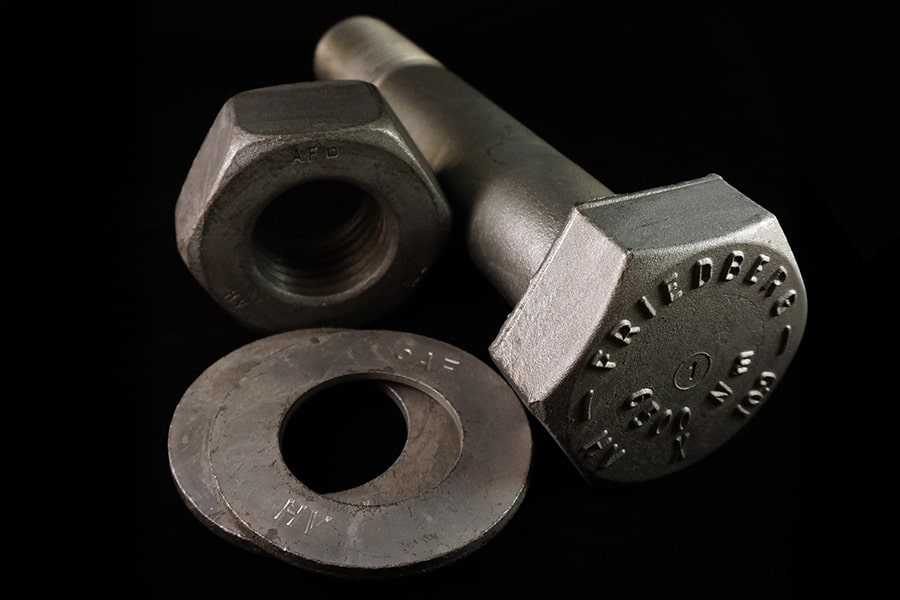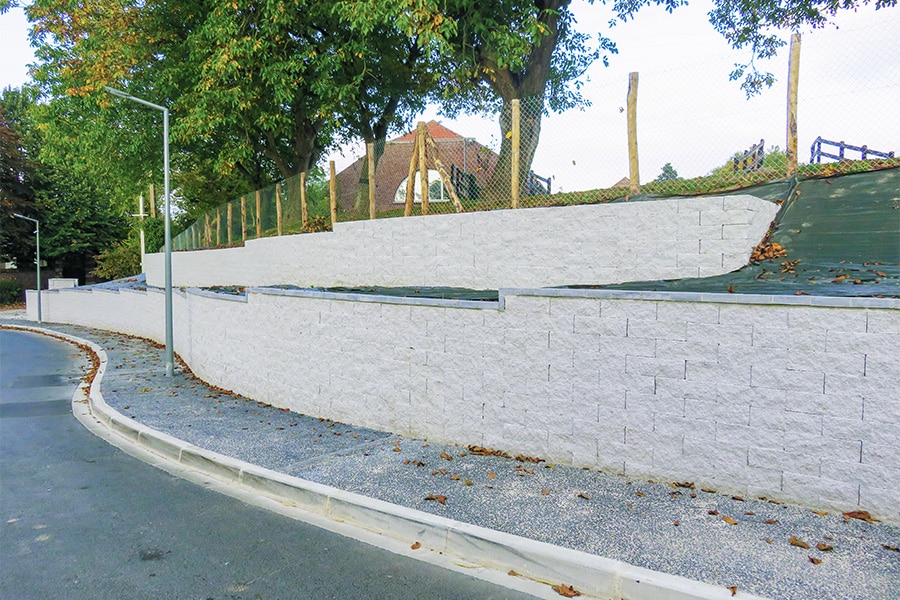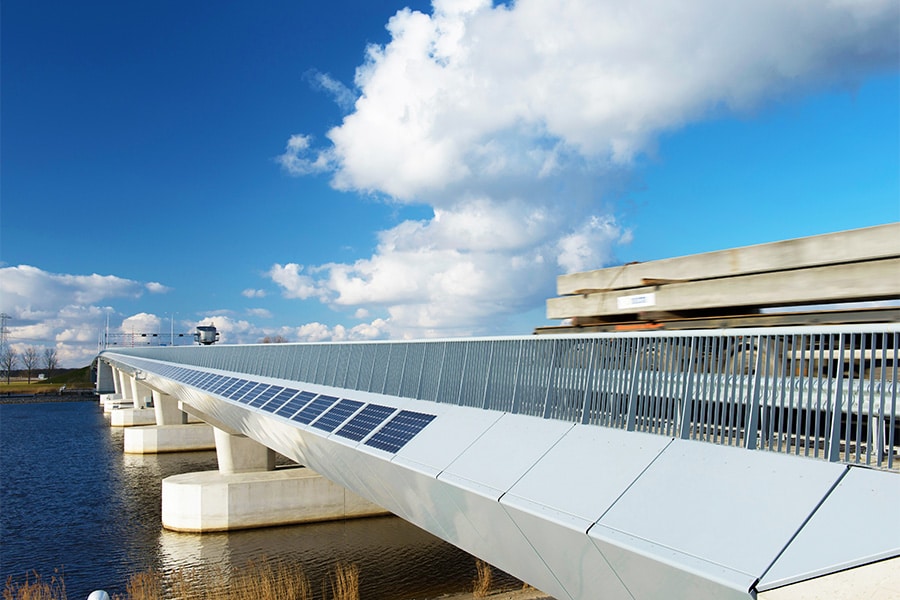
Realization rolling bridge Brouwershaven:
The path to an appropriate and widely supported solution
By expressing its desire to restore the bicycle bridge over the floodgate in Brouwershaven, the town council of the same name gave the go-ahead for the realization of the new rolling bridge. After the Schouwen-Duiveland town council put together a project group to scrutinize the study of bringing back the bridge, work began at the marina. A process that was intensively supervised and directed by Leen van den Boogert on behalf of technical secondment agency Inter Techniek from Hendrik-Ido-Ambacht (part of Inter Groep Bouw & Infra).
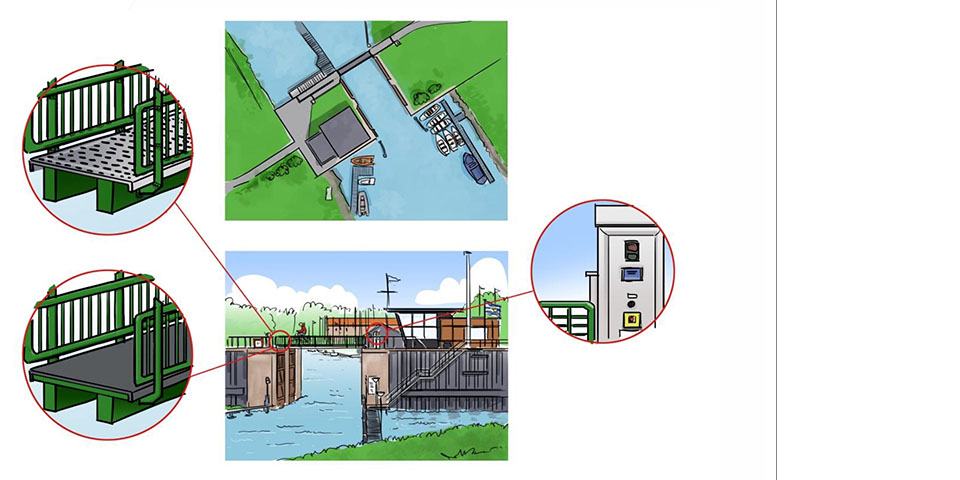
Illustration of the rolling bridge. (Source: business case DON Bureau)
To arrive at the final bridge, several steps had to be completed, den Boogert said. "First of all, for the purpose of the budgets to be drawn up, the budget had to be determined. This is because the realization of the bridge was not included in the implementation budgets of the municipality. Hence, a business case was prepared in advance. To this end, the municipal project manager commissioned a study from DON Bureau in Bergen op Zoom. DON then prepared a sketch design in consultation with the client. This design was based on similar bridges in the area of Schouwen-Duiveland."
Interests
Based on the sketch design and the corresponding budget, the municipality of Schouwen-Duiveland made budget available to realize the desired infrastructural facility. Subsequently, the municipal project manager drew up a Program of Requirements. "This described the technical and functional requirements that the bridge would have to meet," Van den Boogert continued. "In order to arrive at a good program of requirements, it was necessary to consult intensively with the harbor master, the port users and the Brouwershaven city council. After all, the divergent and often conflicting interests of both the shipping traffic and the users of the bridge had to be represented as well as possible. Ultimately, the Program of Requirements formed the basis for the bids to be solicited."
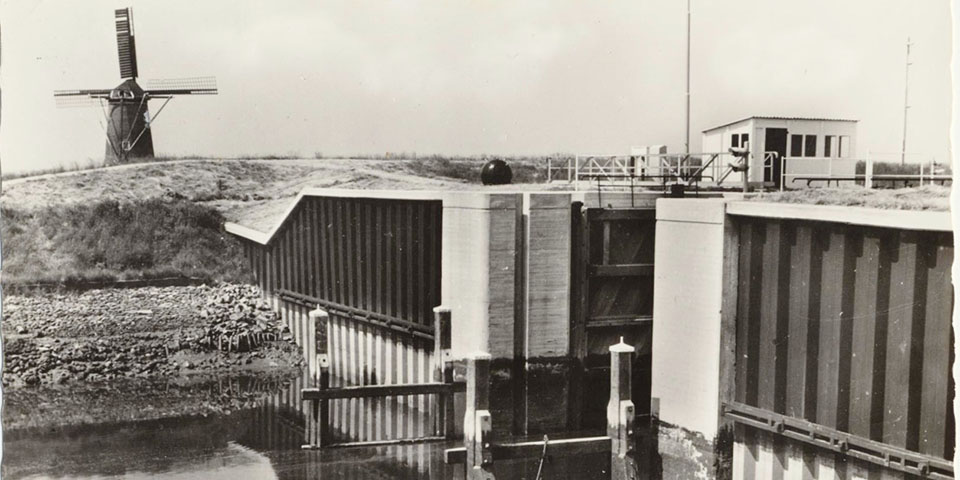
The lock around 1966. (Source: Corina Jansen)
Local implementers
Around the final contract set-up, it was decided to leave the design and detailing of the bridge to the contractor. As part of the tender process, the Schouwen-Duiveland municipality chose to conduct a market survey. "In doing so, it was preferred to work with local parties for the realization of the bridge," said Van den Boogert. "A number of parties were then invited to give a brief explanation of the possible approach and the role to be played, based on the Program of Requirements. In the end, the municipality chose the solutions and expertise of Hanse Staalbouw and Breston. Together, they took care of both the complete engineering and the realization of the bridge."
Versatile access
Brouwershaven's marina consists of two parts. After passing the lock with the harbor office, there is first the Nieuwe Haven. Further on is the Stadshaven, located in the center of Brouwershaven. With the installation of the new rolling bridge, "the round the harbor" and possibly further through the polder will again be possible for cyclists, pedestrians and wheelchair users. The connections of the regional bicycle route network also connect nicely to this.
